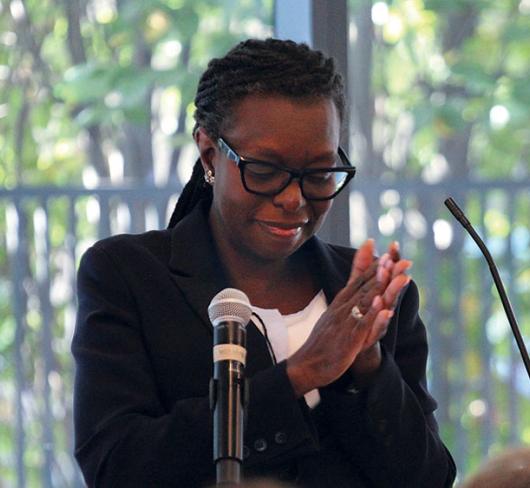Equal Funding for Elementary Education (From the General Secretary)
In February ETFO launched the first stage of Closing the Gap, our campaign to achieve equitable funding for elementary education in this province. In the next several weeks, you will see Stage 2 of this campaign unfold, leading into October’s provincial election.
The goal of our campaign is to draw attention to the significant gap in funding that exists in this province: the amount of provincial government funding provided for an elementary student is significantly lower than that provided for a secondary student. This gap continues in spite of the fact that research shows that a strong educational foundation in the early years is the basis for a lifetime of academic success.
Investment in elementary education has lifelong benefits for the individual child and for society as a whole. Recognizing this, the government made it a priority to reduce class sizes in junior kindergarten to grade 3 classes. While a few boards have not yet reached that target, most are well on the way to doing so and more than 90 percent of Primary classes have 23 pupils or fewer. Teachers who have fewer pupils have more opportunity to assist and give quality time to each student. In addition to the educational benefits students receive, smaller classes help reduce teacher workload and workplace stress.
The success of our last round of bargaining means that this fall the majority of public elementary teachers will have 200 minutes of preparation time a week. And the majority will spend no more than 80 minutes a week on supervision duties – well down from the amount of time they were required to spend supervising students three years ago. These changes too have had a positive impact on student success and teacher workload.
Clearly we have made gains in improving the working conditions for our members. But there is much to be done.
That there is a funding gap comes as a surprise to many. Our research shows that both teachers and parents are unaware of the significant difference in the funding for elementary education.
Teachers do know, though, that with enriched funding they could give their students more. Students would benefit from:
- Smaller class sizes in grades 4 to 8
- More specialist teachers providing physical and health education, music, drama, and art – programs that provide a well-rounded edu- cation for elementary students
- An increase in funding for teacher-librarians from the current formula of one for every 750 students
- Additional funding to increase the current allocation of one guidance teacher for every 5,000 students
- Design and technology and family studies programs, which are key to improving high school retention and graduation rates because they are particularly important for students at risk of dropping out and those who thrive with hands-on learning.
High-quality, well-funded public education is a cornerstone of democracy. It is society’s equalizer. In Ontario’s public education system, all students, regardless of their socio-economic background, should receive the support and assistance that they need to succeed.
As elementary teachers we know that the work we do is critical if the government is to achieve its goal of improved academic performance for all students and a reduced high school dropout rate.
We are looking to the McGuinty government to address the funding gap. We will make it a critical issue as parents and teachers head to the polls in October.
